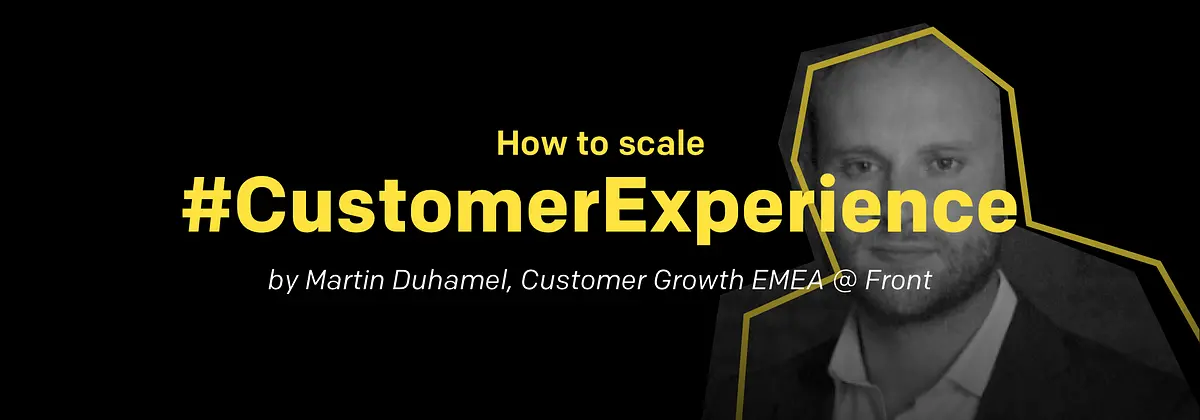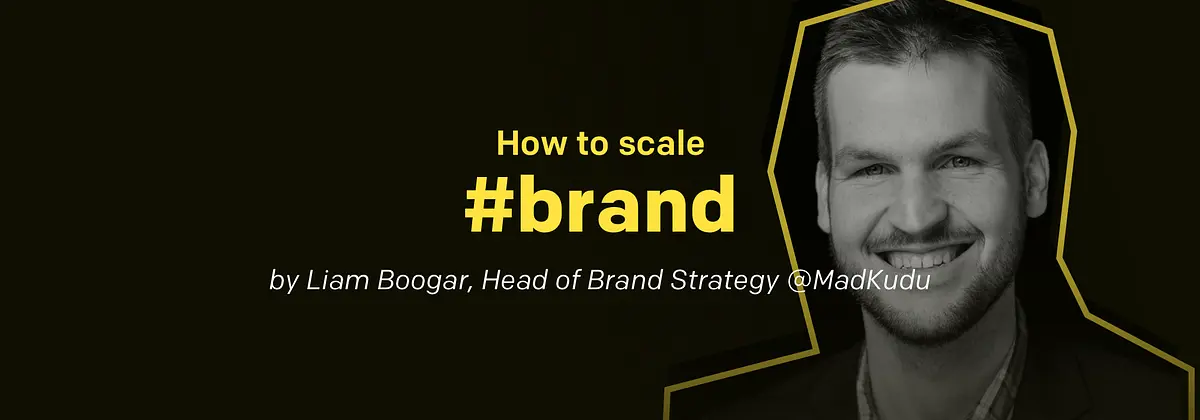This article includes key takeaways from Liam Boogar’s talk on how to scale brand. Check out the full video on Youtube or get the latest from our Scale series.
5 key best practices
Best practice #1: Be authentic
Sometimes, clichés can be true. Case in point: authenticity. It’s how brands succeed at cutting through the noise and reaching their audience. Most brands would argue that they’re being authentic. Who wouldn’t? Liam offers a simple, practical definition to measure up against. Being authentic is when everything you do lines up with everything you say, and everything you say lines up with everything you sell. Sounds simple. It’s not. If you’re falling short of this standard, your foundation will crumble.
Best practice #2: Brand isn’t a shell, it’s the core
A startup is three things: the product, the company, and the business. Yet these three components — which Liam refers to as the Holy Trinity of branding — aren’t what makes a startup unique. Brand is the single most defining feature of it’s identity. At scale, the product expands, the business may pivot, and a myriad other things can change and create dissonance with the brand. Unless brand is at the core. A new set of features, a new market to address, these continue to make sense so long as they are evidence of the brand. They stop making sense if the brand is evidence of them.
Note: Apple have kept a consistent brand despite being successively a computer company, a music company, and a phone company. And the reason that continued to make sense is because at it’s core — no pun intended — Apple is still the same: a company that defines itself as the intersection of liberal arts — designers, builders, thinkers, artists — and technology, and the desire to enable the former with to change the world with the later.
Best practice #3: Centralize or diffuse
Pretty early on, you’ll have to decide who is in charge of keeping your brand consistent. In order to do so, you’re going to be either to centralize or to diffuse, to specialize or to upcycle. Option 1 is fairly straightforward: one person or team is in charge of your brand and everything that pertains to it. Option 2 is slightly more difficult to pull off, as it requires said person or team to build processes to empower your entire team to speak and act on behalf of your brand. Liam doesn’t recommend one option over another per se, although he does insist that this needs to be a deliberate decision as it will have significant implications as you work to maintain consistency at scale.
Best practice #4: Create a language
Scaling a brand is a lot like creating a language. For as long as it’s just the founders, a startup’s brand instinctively exists as a new tongue understandable only to them. Between employees 1–10, the challenge is to teach the language to your new employees. Between employees 11–50, the challenge is to make the language teachable by others. And beyond that, the challenge is to explain the merits of the language you chose: explain how it came to be, what purpose it serves, and showcase the value it creates.
Best practice #5: Find your voice
Scaling brand is inextricably tied with scaling content. And while it’s ok to start small, you should definitely start soon. Make writing part of your culture. Try writing about different things. See what works and what doesn’t. And move from there: define voice and tone so you can onboard new writers (whether it’s employees, freelancers, guest posters). Experiment with different formats. And build a personality.
Note: A couple questions to help you get start would be: Who do we want to be? Who are we talking to? What do people think of us when we talk? Why do we speak? Mathilde Collin, CEO of Front (eF14), has found a voice that is both unmistakably her own and complementary to Front’s. Front helps teams collaborate on incoming messages from their customers, and Mathilde embodies the transparency that is at the core of the product: she raises funds, she shares her deck. She build a product, she explains why.
3 key mindsets
Mindset #1: Embrace the irrational
Here’s the thing: everything rational about your startup can be copied. Your product? Copiable. Your pricing? Copiable. Your design? You guessed it, copiable. Your brand, however, can’t be imitated. Your brand speaks to the deepest instinct: the survival instinct. Creating an emotional attachment is a strategy the brain developed to mitigate risks and maximize chances of survival. And that is precisely the type of connection your brand should try to establish with your audience. It’s long to put in place, hard to quantify, and doesn’t come with a clear blueprint. So get creative with it.
Mindset #2: Go long
Building community, growing brand, increasing awareness. These are battles that are fought out in the long run. Observing the spike in traffic coming from a big launch may feel nice. But the truth of brand is that it’s grown and measured on longer cycles. Be persistent. Cultivate consistency. Roll out changes in small increments. Your brand team are just as responsible for the big launch as they are for making sure the cogs that are turning beneath these punctual outputs keep turning. Day-in. Day-out.
Mindset #3: Your team = your brand
If you find yourself having to coach your team to stay “on brand”, you may have strayed too far from who you really are. The brand team’s role isn’t to get the rest of the company “on brand”: your team is your brand. The brand team’s function is to create a feeling that everyone is on board with bringing what they have built internally to the largest amount of people in a consistent, repeatable, and unique way.
Subscribe to be notified of the latest Scale talks.
References:
The 22 Immutable Laws of Marketing, Al Ries and Jack Trout
The Brand Strategy Canvas (Canvas applied to Zappos)
About Liam Boogar:
Liam opens his playbook on scaling brand and shares his insights on how company, product, and business can (and should) work together to create a distinct identity and lay the foundations for creating a brand users will love. He’ll also explain his method for building brands from scratch, and ramping up at scale. Liam is currently Head of Brand Strategy at MadKudu. Before that, he was Head of Brand at Algolia and founder of The Rude Baguette. Follow Liam on Twitter.


%20(2).png)
